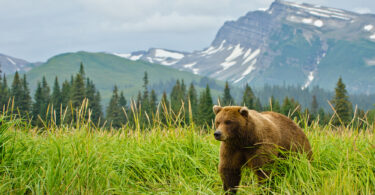This blog post was updated on October 31, 2018.

For Venetians, the 21st of November is an important date. It’s the day the city celebrates the Madonna della Salute festival, which commemorates the founding in 1630 of the church of Santa Maria della Salute (“Madonna of Health”). The church is more commonly known as Salute, as is the festival as well. During the festival, the area around the church is beautifully lit by thousands of candles brought by the many people going to pray to the Virgin Mary with vendors lined up along the way to the church selling candles and a variety of sweets.
The Salute’s origins link the modern festival to the Great Plague of 1630 which wiped out around a third of the population of Venice. The Venetian Empire was at war with Austria at the time as well. As legend has it, the Venetian senate announced that a new church would be built in Mary’s honor once the plague ended. Soon after, the city was cured and the Salute was built in remembrance.
Of course, these days the plague is long gone and the only thing similar visitors to the Salute might experience would be the mother of all hangovers on the morning of November 22nd. Although the core of the event is still very solemn and respectful of its religious roots, a party atmosphere infuses the city.
Highlights of the Salute include a procession guided by church Patriarch from Venice’s famous Piazza San Marco, crossing a pontoon bridge constructed especially for the occasion on the Gran Canal along its route to the church. In addition to lighting candles and buying candies, people eat castradina, a mutton and cabbage stew – during the festival. After the procession, the city’s many restaurants and bars teem with a vibrant atmosphere.
Locals see the Salute Festival as one of their favourite times of the year to enjoy their city. It’s a great time to experience Venice for visitors as well and is considered to be just as authentic as – and a lot less touristy and raucous than – the much more popular and well known Carnevale celebrated at the end of winter.






Leave a Comment